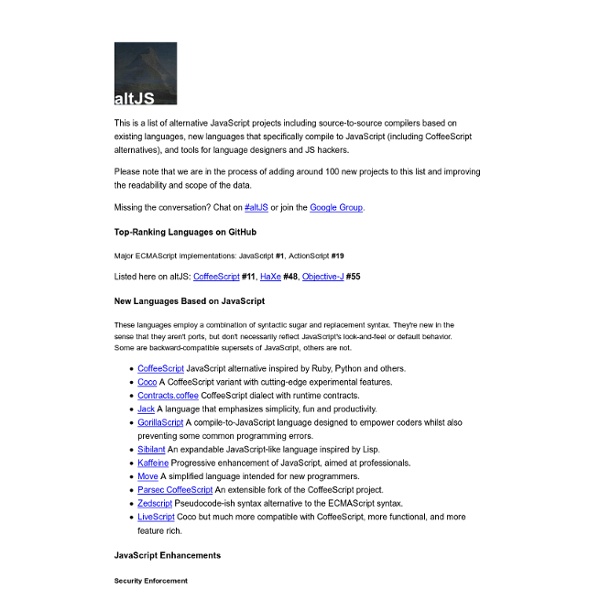



Overthrow A tiny, no-frills, framework-independent, targeted overflow: auto polyfill for use in responsive design. Disable Overthrow What is this all about? You want to use CSS overflow in your designs, but overflow doesn't work properly in many browsers, particularly mobile ones. But wait - many browsers actually support overflow very well! What is Overthrow? Overthrow is a conservative attempt at filling the gaps in overflow support, with an emphasis on letting native implementations do their thing, and in touch-supporting browsers, providing a very minimal polyfill in browsers where native support is not available. First and foremost, Overthrow is designed to simply enable native CSS overflow in browsers it deems to have native support, but it includes a touch-scrolling polyfill too! A few example pages The examples directory has some sample responsive layouts that use overthrow. That's about it. Here's some extra demo content to scroll through... Example Embedded Overthrow Block Form elements
15 Beautiful Text Effects Created with CSS Beautiful text or typography will make your design look attractive. In web design, CSS helps to give style to design including various effects in text or typography. With CSS, you can use clipping and add animation to text to spice things up a little. And to illustrate this, we have collected 15 stunning and cool text effects that are made possible with CSS (some with a little help from Javascript codes). For more things you can do with CSS, check out: Elastic stroke Animation Yoksel animates the stroke of the text with a cool color scheme. SVG Glitch Want to make effects that look like a broken analog TV? Shop Talk logo The Shop Talk logo is recreated by Hugo using only CSS. Slashed Effect This idea by Robet Messerle gives the knife sliced effect, done with less than 70 lines of CSS. Elegant Shadow Effect Long Shadow effect comes to text, made using CSS. Foggy text effect Andreas creates an awesome cinematic foggy effect. SVG text mask Text Animation Hit The Floor Background Clip Text CSS Text-FX
Emmet Documentation Apache Thrift JSON query API Examples use Sample 1 for json data! attrib examples string or array of strings ( for 'equal', use '==' - its JS! ) .author=="Herman Melville" .price>10 .price [".price>10", ".category=='fiction'"] - acts like an "AND" .bicycle.color=="red" - any valid dot notation should work .title.indexOf("of the")>0 - yes, even this works item examples string or array of strings ( empty or '*' returns 'any' ) book bicycle ["book", "bicycle"] - acts like an "OR" function Namespaced as a_jQ Only one function: a_jQ.from(jsData_object, item_str, attrib_str) item can be an empty string, an item(string) or array of items(strings). "*" is same as empty string attrib is required - can be an attrib(string) or array of attribs(strings). examples var obj= a_jQ.from( jsDataObject, "*", ".price>10" ); var obj= a_jQ.from( jsDataObject, "book", ".price>10" ); var obj= a_jQ.from( jsDataObject, ["book", "bicycle"], ".price>10" ); var obj= a_jQ.from( jsDataObject, ["book", "bicycle"], [".price>10", ".color=='red'"] ); about
muaz-khan/WebRTC-Experiment Josh Gertzen — Object Oriented Super Class Method Calling with JavaScript The Problem Every programmer who’s tried to apply classical Object Oriented techniques when developing with JavaScript, has at one time or another asked themselves the question: How do you call or invoke a super class method? Before the Ajax craze got into full swing, this question rarely arose because most developers were only exposed to the language when doing client-side form validation or simple DHTML / DOM element visibility toggling. In those simple situations, functional programming is sufficient and OO is of lesser importance. Now that Ajax is all the rage, programmers have been building increasingly complex systems involving large amounts of client-side JavaScript. As a result, many have tried to apply OO techniques to JavaScript as a way to manage that complexity. The subject of OO design and it’s various topics is huge, but aside from class definition approaches, I think this particular topic is one that JavaScript developers try to solve more frequently than any other.